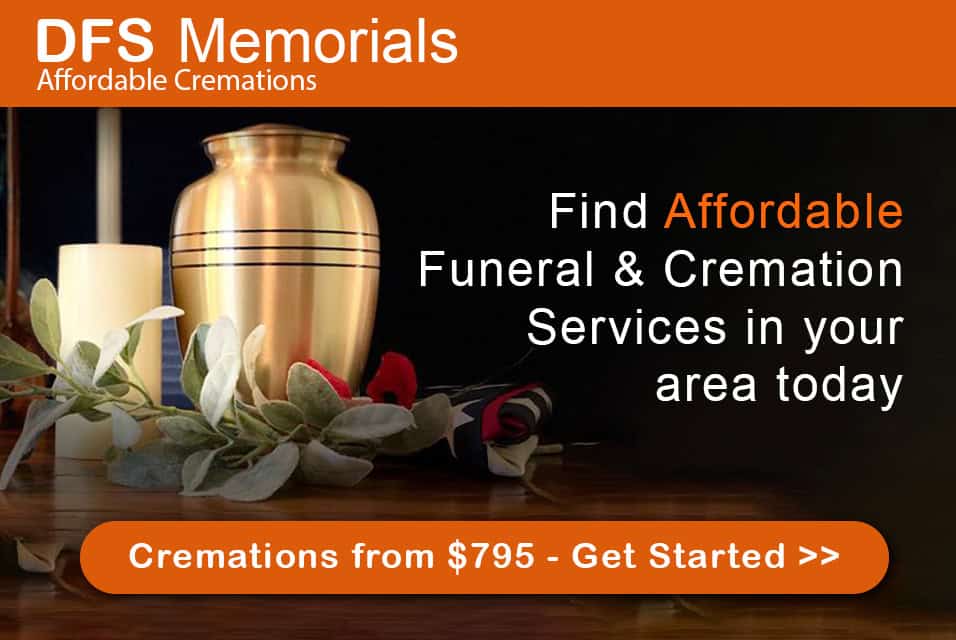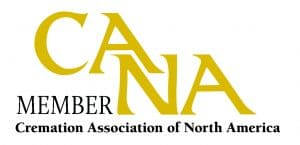
The funeral industry has traditionally been slow to adapt to change. There are still funeral homes without a website. To those of us whose livelihood is based online, and better still spend the greater part of our working day ‘plugged in’, the notion of life without the Internet just seems…well unimaginable today.
Although many funeral professionals have adapted to technology as part of their personal and professional lives, we do still speak to funeral directors who will proclaim “people do not look online for a funeral”.
We shake our heads and smile because we do know that people turn to the Internet to plan a funeral and to find a funeral home. In fact, now that the Internet can be accessed so easily from smartphones and tablets, the reach of the Internet has only widened.
The age of the price-conscious consumer
We live in a consumer society today. The funeral industry had sustained as a trade where people shopped first and asked the price later — but no longer. Times have changed. The economy has changed for one thing, and we as consumers have changed. The World Wide Web at our fingertips has provided us with easy resources to compare prices before we even step out of our door! Yes, the funeral industry was resistant to this change at first. It was not that difficult as most funeral homes did not even publish prices on their websites. But then a change started to occur several years ago.
Price comparison from the margin to mainstream

In 2001 Everest–a funeral price comparison and concierge company–was set up to offer Americans the opportunity to access an easy ‘PriceFinder’ report on funeral homes. For a small fee ($29.99) a 7-page report comparing up to 8 funeral homes can be generated.
In the last 15 years, the price comparison marketplace has changed dramatically and there are now online companies that offer funeral price comparison at no cost to the consumer. Several chapters of the Funeral Consumers Alliance (FCA) even conduct annual price comparison surveys and publish these on their websites.
Indeed some funeral homes have gone so far as to conduct their own area funeral price comparisons, and publish charts on their own website, especially if they can compare their services to a local SCI funeral home!
So in the space of the last decade funeral price comparison has entered the mainstream, and those progressive funeral homes that are abreast of change, will now openly disclose funeral prices on their own website.
The age of instant gratification
Another aspect of our consumer-driven culture today is the desire for everything instantly. We have become accustomed to that ‘click of a button’ access to information and to purchasing. How has this affected the funeral industry? Funeral consumers want access to information instantly, especially pricing, and those funeral businesses that do not offer this may be missing out.
Take the family that returns from the hospital, or get the call about a death, in the early hours of the morning. They can turn to the Internet to start considering arrangements. If a funeral home has provided full disclosure of their services and pricing, this can allow a family to commence their planning. Maybe even start the funeral planning online. At US Funerals Online our visitor traffic never stops, even between 12 am and 4 am we still have visitors using the site to research funeral services.
The age of information ‘on-the-go’
Our instant gratification aptitude has tended to lead us to expect to access information ‘at our fingertips’ wherever we are. This age of handheld devices means that we can now digest on-the-go–we are a snacking fast-food nation – who now take our information on-the-move. With over 96% of American adults now owning a cellphone, 81% owning smartphones and 50% owning a tablet that puts a significant percent of the adult population using handheld devices. The question that remains is to drill down on handheld devices in relation to the funeral consumer demographic. At US Funerals Online we have witnessed our handheld device user-base grow steadily since January 2012, to now account for around 55% of our visitors.
Has your website gone mobile?
As we all become mobile browsers, this has affected how we can view online information. Some websites are just not compatible with 2-inch screen size and designing a mobile version of a website that can be viewed on a smartphone has breathed new life into web design.
Mobile websites are profoundly different from a traditional website and according to FrontRunner offer “Magnetic content” as mobile marketing for the “always-connected consumer”.
Mobile websites load quicker and have a more simplistic design. They are specifically a ‘thumb-friendly’ slimmed-down version of a traditional website, that enables the mobile user to easily navigate and read the key content from a website.
As we adopt this technology, the options are emerging to either have a mobile version of a website that loads automatically for the user accessing on a handheld device, or provide a manual option for the user to switch to a ‘mobile version’.
The stats are a little ambiguous but suggest that those users who seek out information on a handheld device will quickly leave a site if it is not smartphone-friendly.

The funeral app
Yes, believe it nor not, there are now funeral apps. I know I raised my eyebrow too “who wants to download a funeral app?” I queried, I just can’t see that featuring in the App Store Top Ten.
In May 2012 Tributes.com announced its new mobile platform for the viewing of online obituaries, and YourTribute.com now offers a funeral info mobile app. However, personally I don’t expect to see much competition for a funeral App unless it can somehow be combined with an instant funeral price-comparison database. Or the facility to make online funeral arrangements via an App that can also keep you informed and alerted as to the progress of your loved one’s funeral arrangements in real-time.
The age of telecommunication saturation
I mentioned earlier about instant gratification, and this should extend to instant telecommunication. In this era of mobile telecommunication technology and complex digital telephony – just about anything is possible and you can almost always be reached by phone. You have a choice of cell networks and plans, various VoIP offerings, toll-free call forwarding, hosted numbers, answering services and the ability to ensure that each and every phone call is answered.
The mobile phone is one piece of technology that has fundamentally reshaped our connectedness. It is not so many years ago that we could leave the house without it, or did not need to accessorize with it, but now the mobile phone has become one of the most integral modern gadgets. In fact, Worldbank.org now claims that three-quarters of the world’s population has access to a mobile phone.
These days we all expect that instant connection, any time, any place, anywhere. If we have a question we want to be able to ask it – immediately. In this age of modern telephony and mobile technology, there is a demand for 24/7 availability. If a family is funeral-planning and has a question they will expect to call a number and ask that question. With today’s telecommunication reach, I think it is even possible to suggest that voicemail could become antiquated.
There is no doubt that funeral-planning in the age of the handheld device is evolving, and funeral homes will need to re-assess how they are adapting to cater to a smartphone and tablet audience.
Related Articles:
- The Online Funeral: How digital technology can reshape funerals as we know them
- Thinking ‘Outside of the Box’: How Baby Boomers are challenging the Funeral Industry!
- Why do so many funeral homes not display funeral prices on their web sites?
Sources:

